Angles:
An angle is the union of two nonparallel rays originating from the same point; this point is called as the vertex. The rays are called as sides of the angle, as display in Figure.
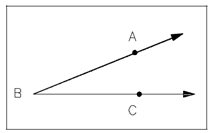
Figure: Angle
If ray AB is on top of ray BC, then the angle ABC is a zero angle. A single complete revolution of a ray gives an angle of 360°.

Figure:- 360o Angle
Depending on the rotation of a ray, an angle can be categorized as right, acute, straight, obtuse, or reflex. These angles are described as follows:
Right Angle - angle with a ray separated through 90°.
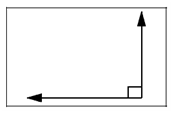
Figure: Right Angle
Straight Angle - angle with a ray separated through 180° to form a straight line.
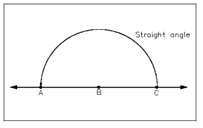
Figure: Straight Angle
Acute Angle - angle along with a ray separated by less than 90°.
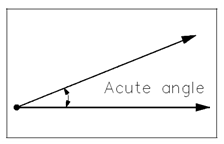
Figure: Acute Angle
Obtuse Angle - angle along with a ray rotated greater than 90° but less than 180°.
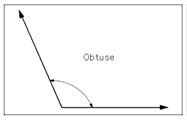
Figure: Obtuse Angle
Reflex Angle - angle within a ray rotated greater than 180°.
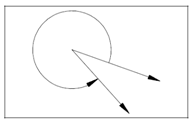
Figure: Reflex Angle
If angles are next for each other, they are known as adjacent angles. If the sum of two angles equals 90°, they are called complimentary angles. For example, 27° and 63° are complimentary angles. If the sum of two angles equals 180°, they are called supplementary angles. For example, 73° and 107° are supplementary angles.